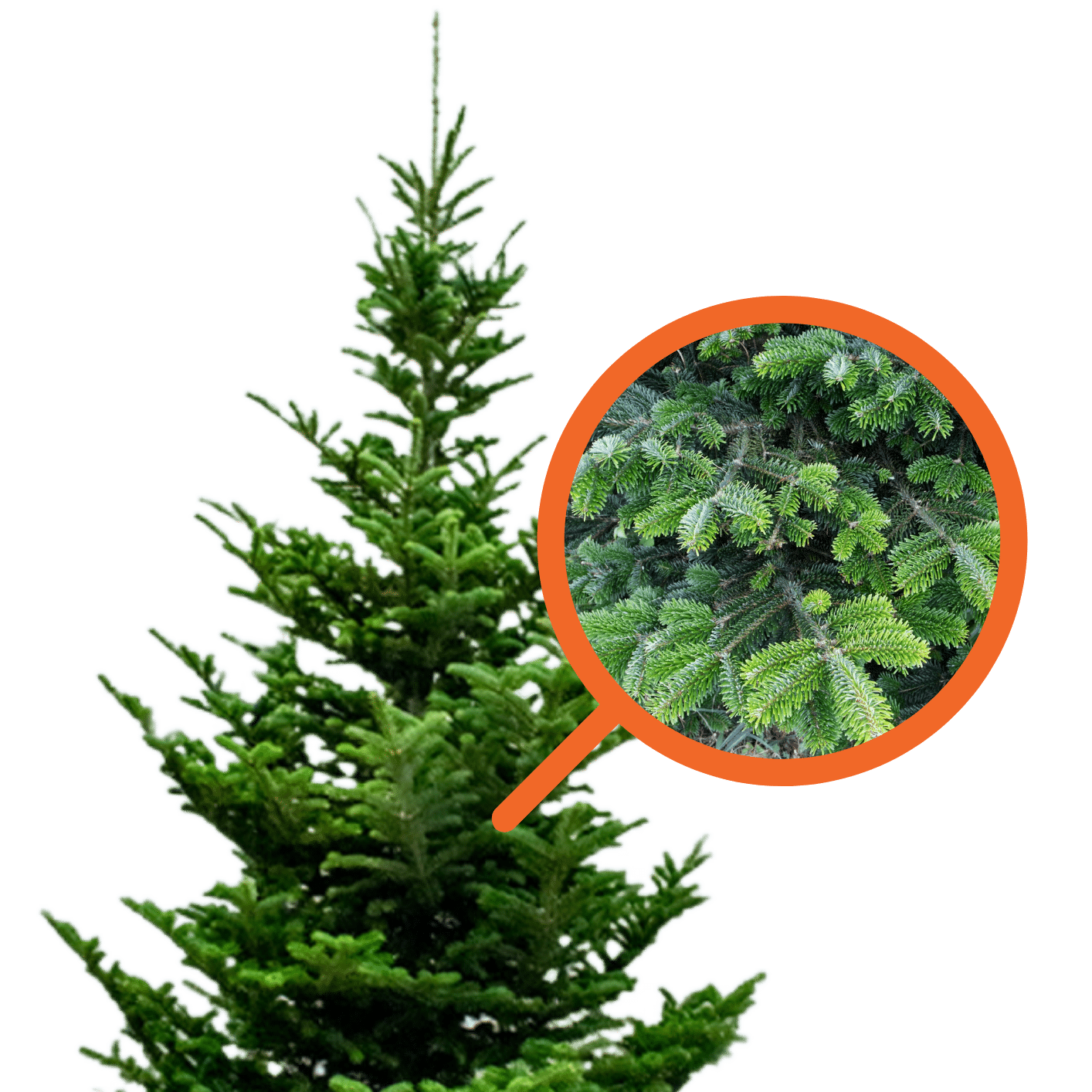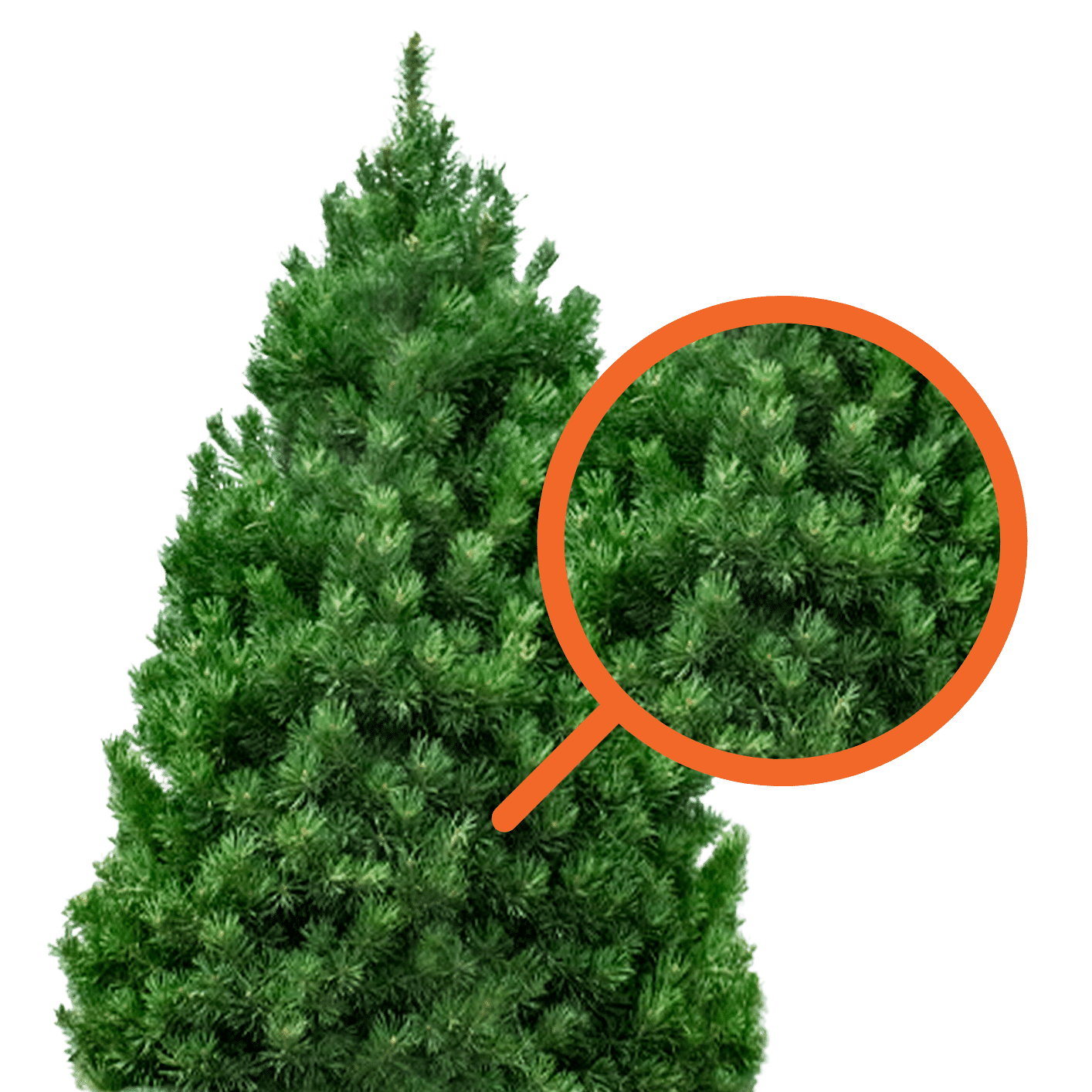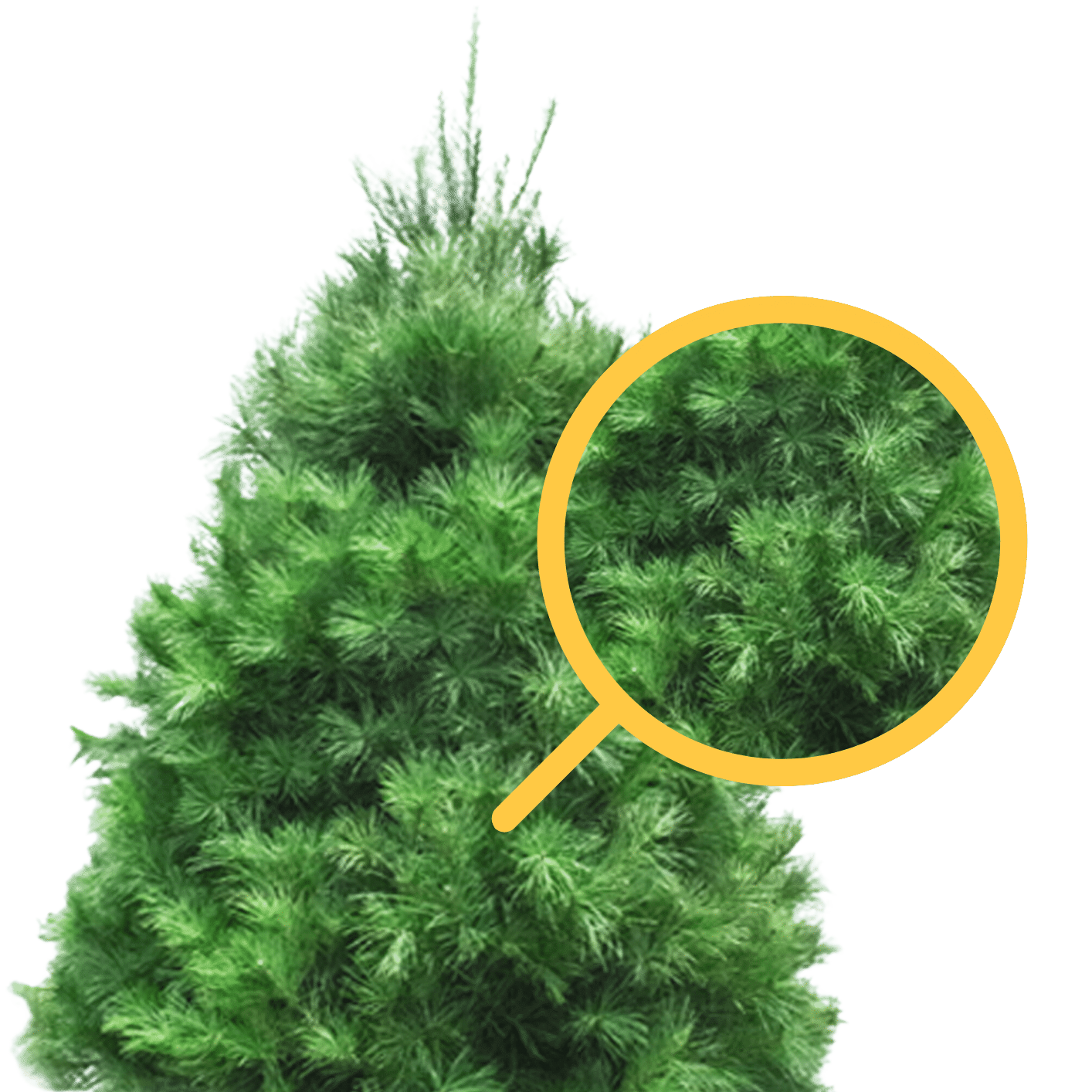Every Christmas a woodsy scent fills homes as people decorate for the holidays.
That scent comes from Christmas trees—evergreen trees decorated with ornaments and lights. Their pine needles nest stars and glassy balls. Lights glow from their branches and gifts sit by their trunks on the floor. It is a familiar and beautiful tradition of the Christmas holiday. These Christmas trees are not only pretty, but they are also an important Minnesota commodity.
The evergreen trees that people use for Christmas naturally grow in forests.
Their leaves are thick needles covered in a waxy substance. These needles hold in water and nutrients, which helps them grow well in areas with cold winters. They are called “evergreen” because they do not lose their leaves in the fall, like many trees do. They keep their green needles all winter long. Their sap is what gives off that woodsy smell, and the heat of a home helps release it into the air. Each evergreen has its own unique scent. Their smell and hardy leaves make the trees a perfect choice for Christmas decorating.
Many farmers also grow these evergreen trees on farms for the Christmas holiday season. They plant and grow them from seedlings, then customers can buy them at outdoor markets or stores. They can even go to the farms to cut down their own Christmas trees. Minnesota has the ideal climate to grow many kinds of Christmas trees for customers to buy. But the first Christmas trees were cut down and put up in homes far from the state—in Europe.

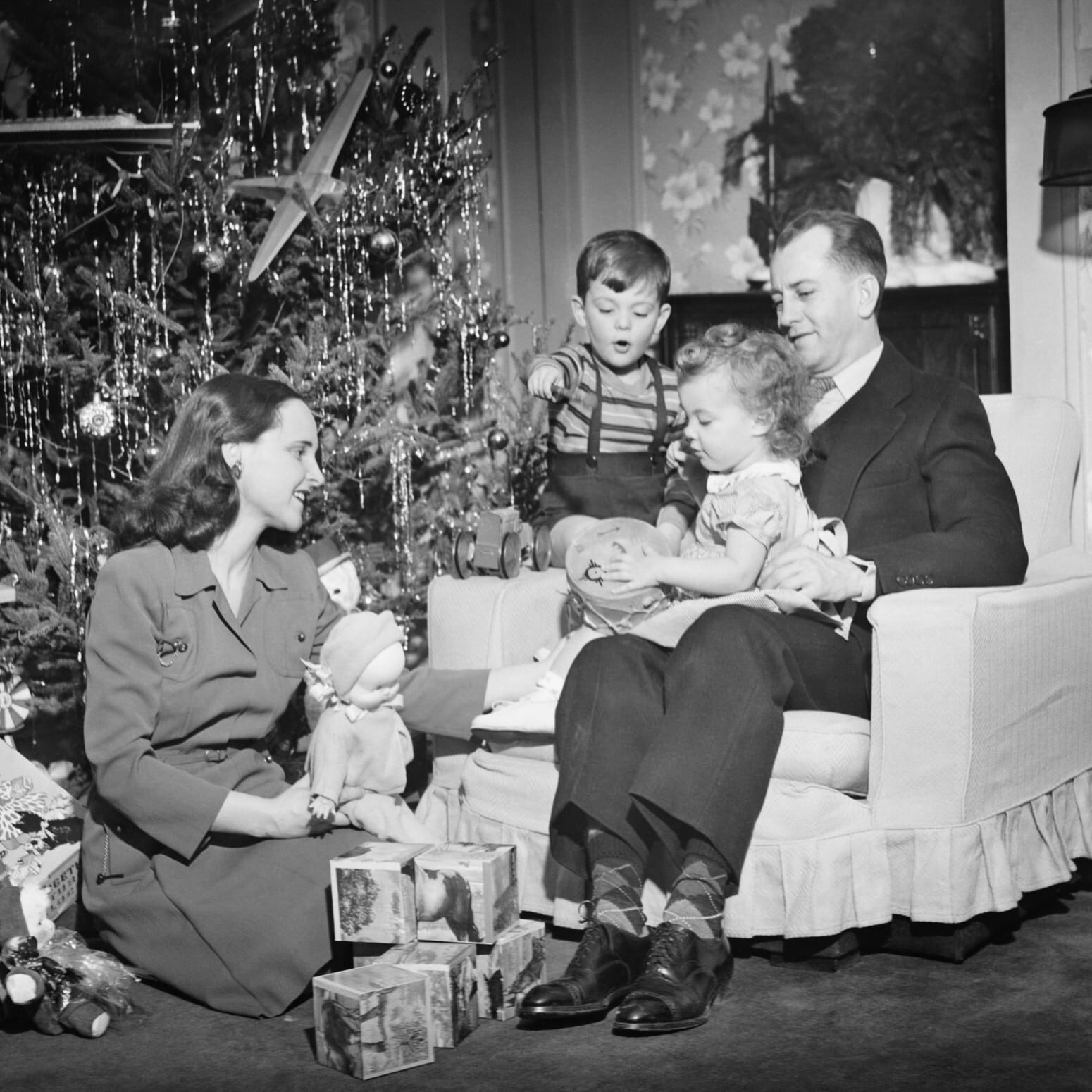
History of Christmas Trees
By the 1600s, decorated Christmas trees were common in Germany. People used apples as the ornaments. In the 1700s, the Christmas tree was used in more European countries, and they added edible ornaments and red paper strips. And in France, the first lights were used—candles.
In the 1800s, the Christmas tree tradition was brought to the United States by German settlers. The trees they used got bigger, too, from tabletop-sized trees to ones that were as tall as the room. By the mid-1800s, people began selling Christmas trees they cut down randomly from the forest. Then by the early 1900s, there were few evergreen trees suitable for Christmas trees left in the forest. So, Christmas tree farms became the way to grow and sell the trees and also protect forests.
In 1901, the first U.S. Christmas tree farm was started in New Jersey. The farmer planted 25,000 Norway Spruce trees. Today, most real Christmas trees come from farms, which are in all 50 states. Close to 350 million Christmas trees are growing on almost 15,000 tree farms around the country.
Types of Christmas Trees
You can pick from a variety of Christmas trees, and a lot depends on your taste. Fraser firs are really popular, with strong branches and compact needles. But some people like trees with softer needles, like the white pine. Here are some of the top choices in Minnesota.
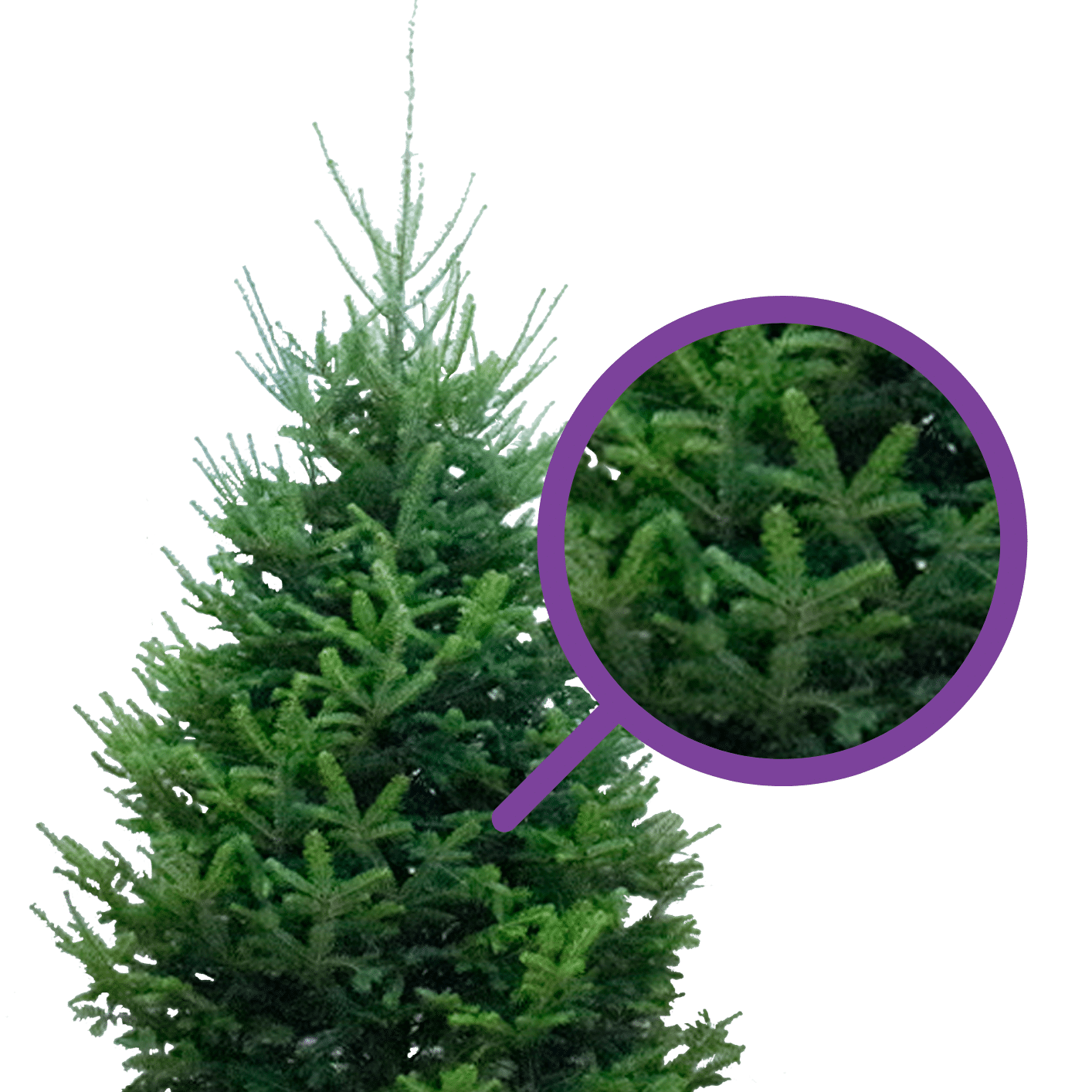
Balsam Fir
- dark-green color
- woodsy scent
- most popular

Siberian Fir
- bright green needles
- strong and tangy fresh scent
- soft needles
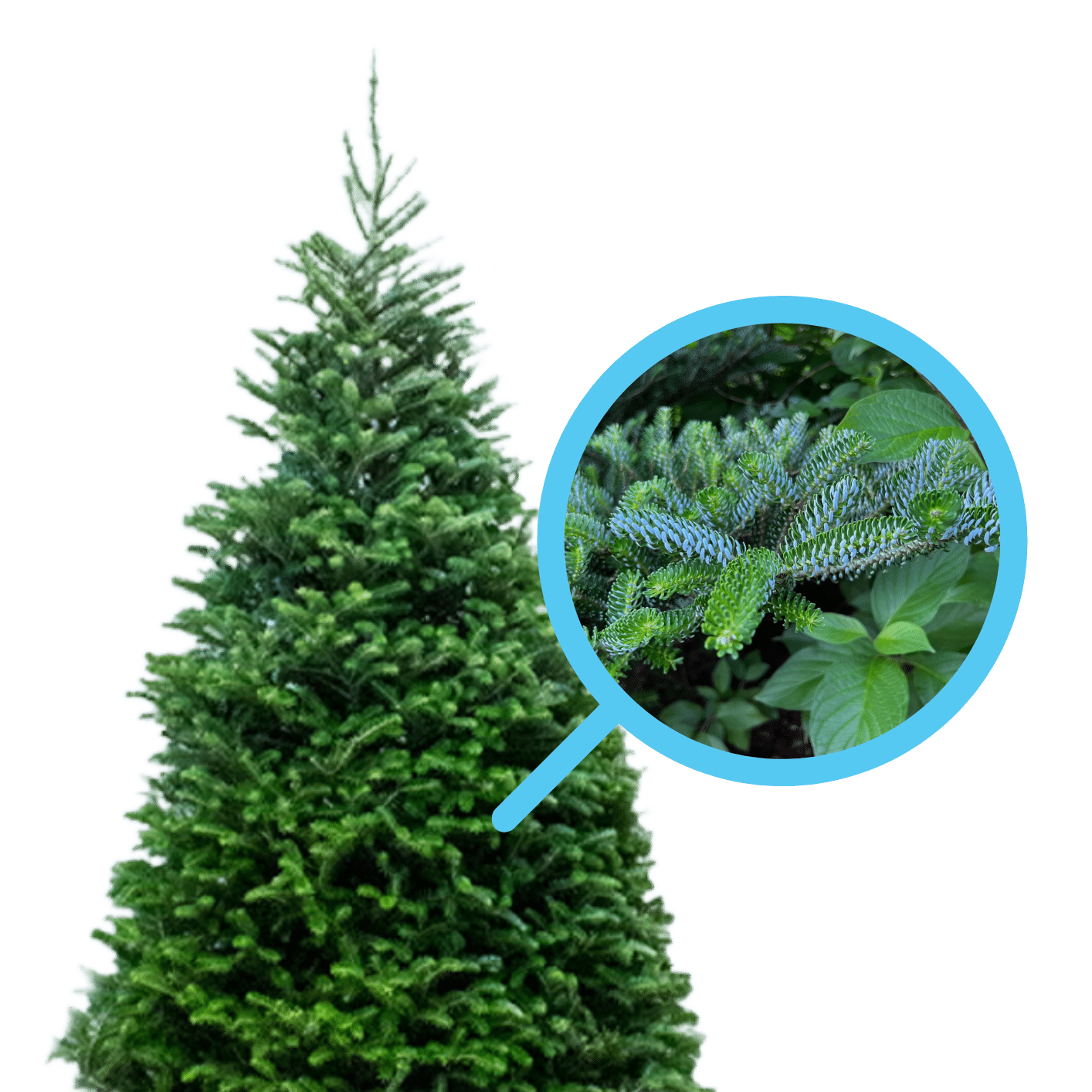
Korean Fir
- dark to bright green needles with silver below
- citrus scent
- long-lasting needles
Picking and Caring for a Tree
Whichever kind you like, it’s important to know a few things before you go out and get a tree. Whether you cut down your own tree at a farm or buy one at a store, these tips will help you make sure it lasts through the holiday.
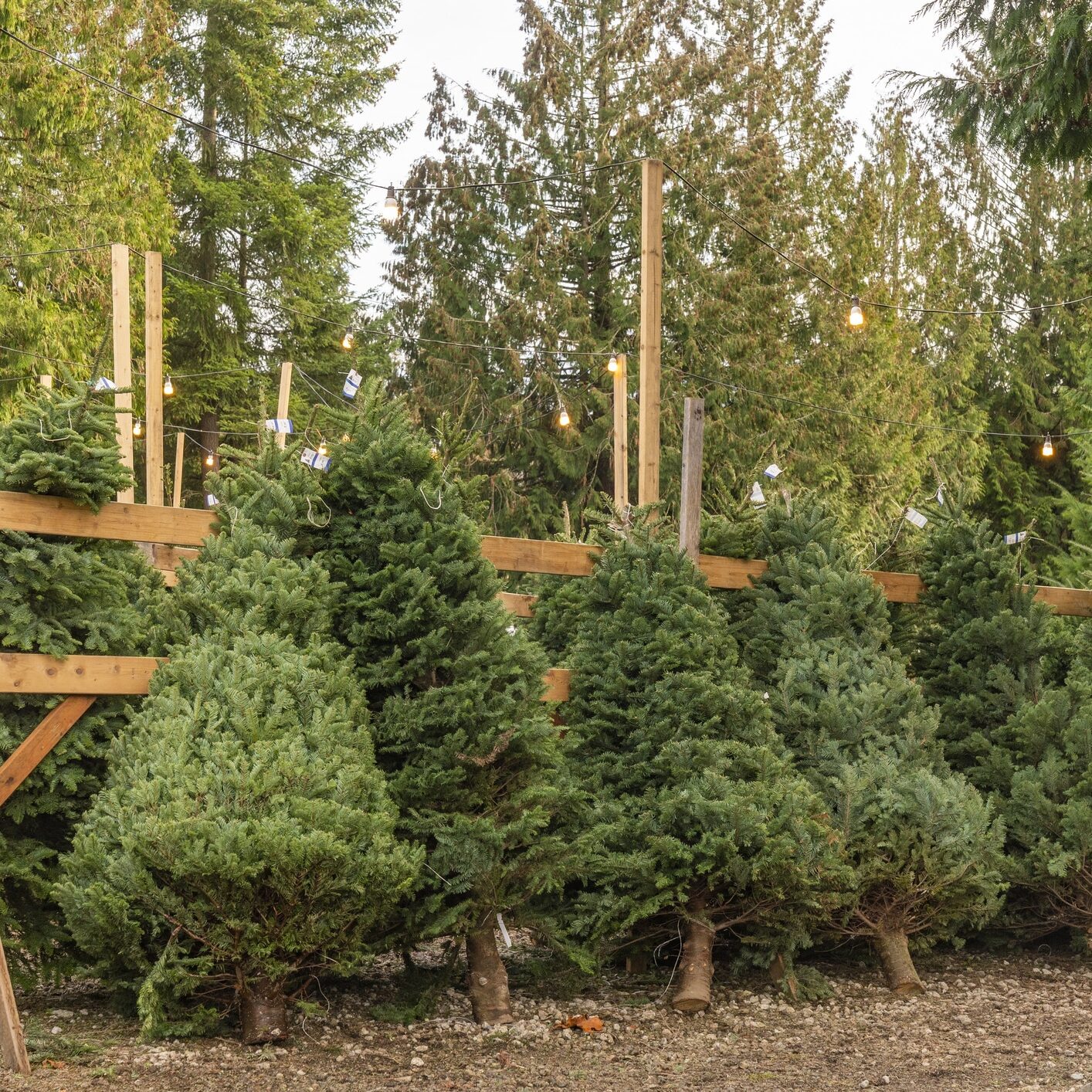
Check out how much fun it can be to cut your own tree at a tree farm!
Christmas Tree Life Cycle
The end of Christmas is not the end of your tree. A Christmas tree has a life cycle, and farms replace what they cut each year too. Here’s the life of your average Christmas tree.
Evergreen Grows from Seedling
An evergreen tree grows from a seedling. Growers shape it by cutting off parts of branches. It can take from 4 to 15 years to grow to Christmas tree size. Each year it is growing, the tree absorbs carbon dioxide from the air. It also puts oxygen into the air.
The Trees Get Cut
The cut trees go to nearby markets where customers can buy them. In the spring, growers plant two to three seedlings for every tree they cut.
Recycling of Trees
After the holidays, people can recycle their trees. Some city governments will collect and recycle trees. People can make mulch from trees or let them break down in their yard.
The Tree Breaks Down
As mulch or the tree breaks down, it adds nutrients to the soil. Mulch can also keep the soil cool and moist. This helps new plants grow well.
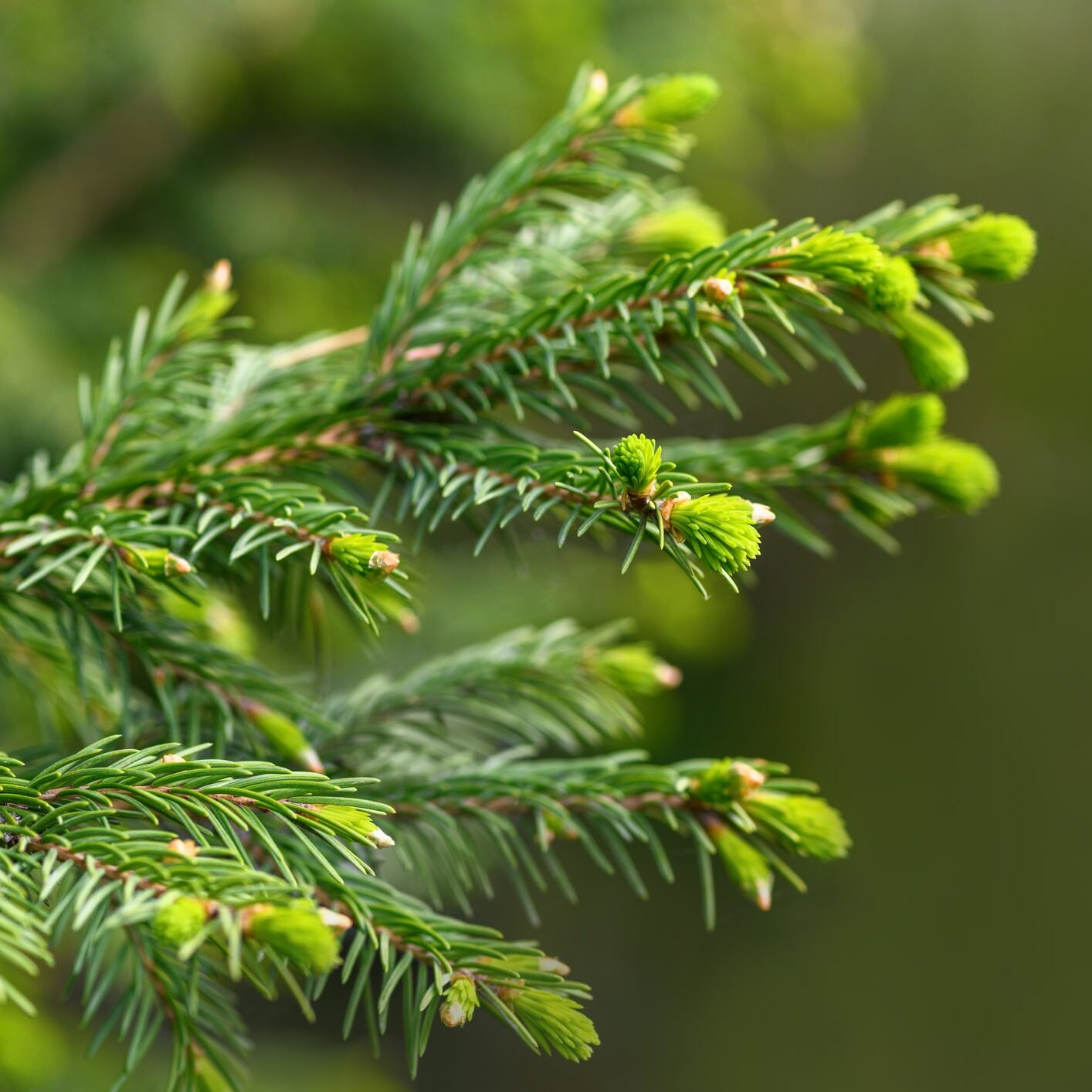
Minnesota Christmas Trees
Of all 50 states, Minnesota ranks at 11 for Christmas tree production. It makes around $7 million from this commodity. There are more than 50 Christmas tree farms in the state. Many farms ship to local markets or sell right from the farm. Customers can go to pick their own and cut it down.

